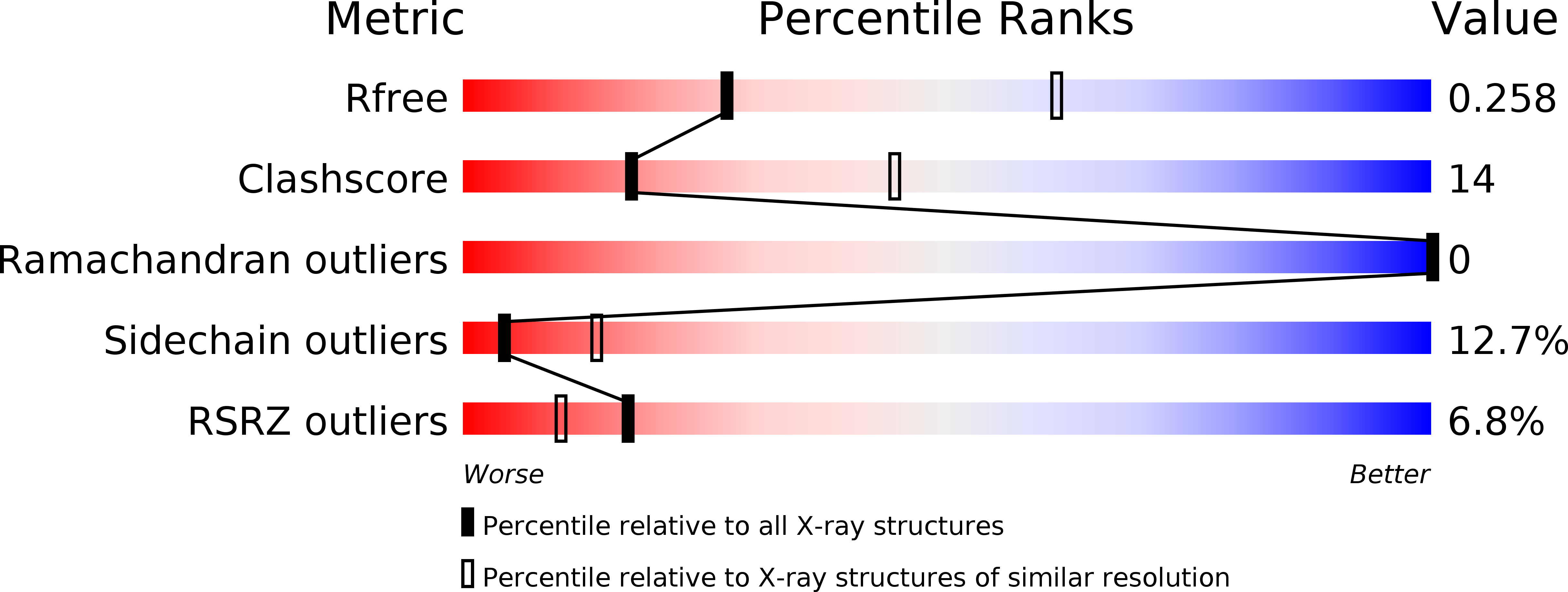
Deposition Date
2012-01-06
Release Date
2012-03-14
Last Version Date
2024-02-28
Entry Detail
Biological Source:
Source Organism:
Bacillus subtilis (Taxon ID: 1423)
Synthetic DNA (Taxon ID: 32630)
Synthetic DNA (Taxon ID: 32630)
Host Organism:
Method Details:
Experimental Method:
Resolution:
2.80 Å
R-Value Free:
0.26
R-Value Work:
0.22
R-Value Observed:
0.23
Space Group:
P 43 21 2


